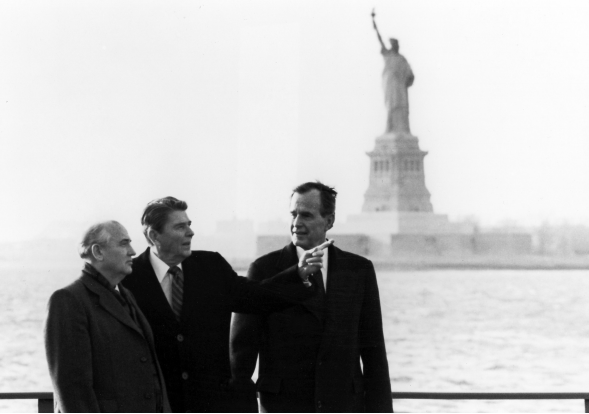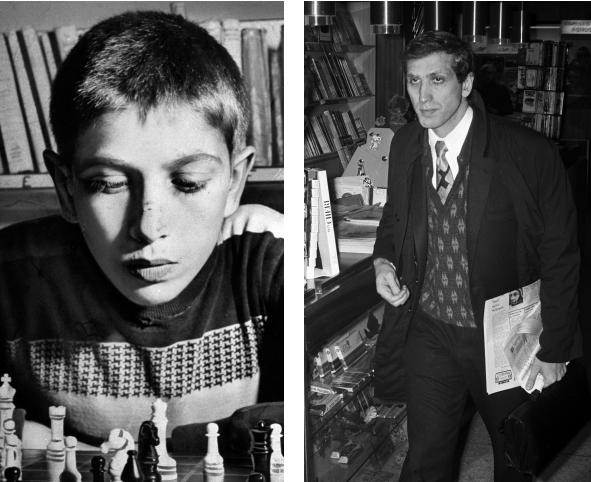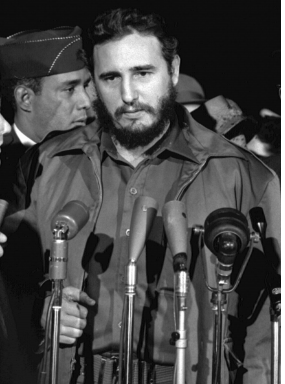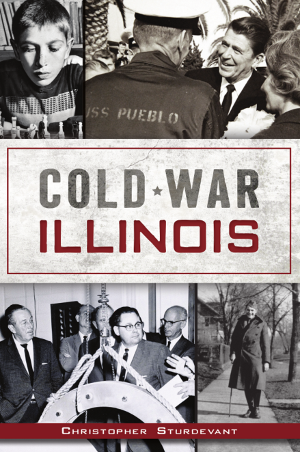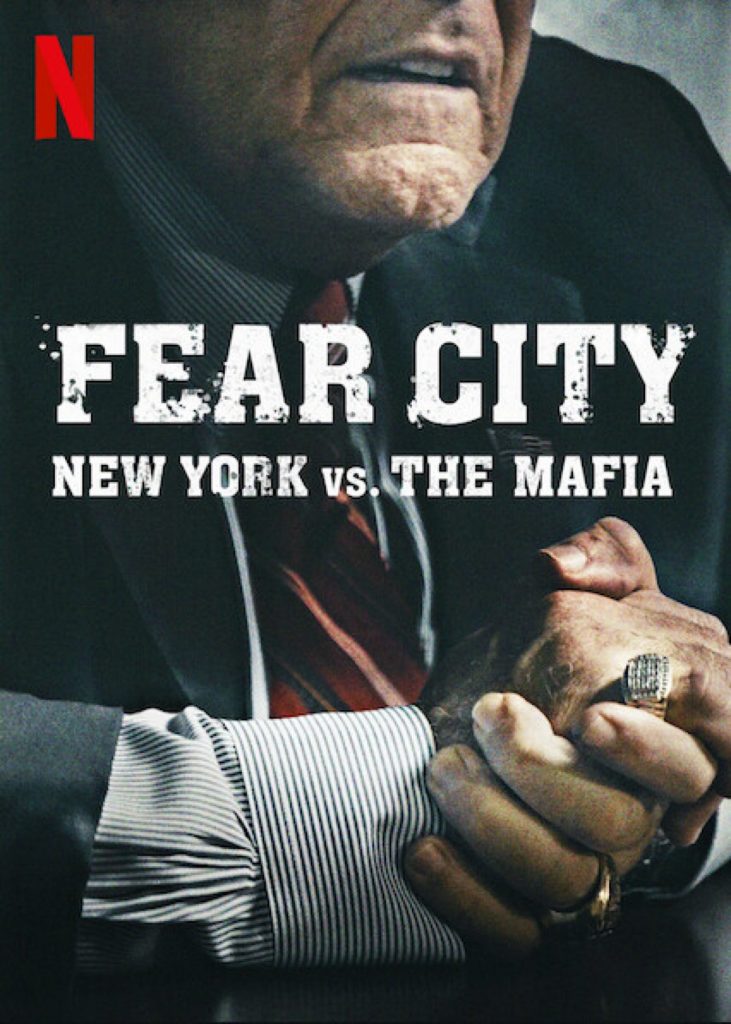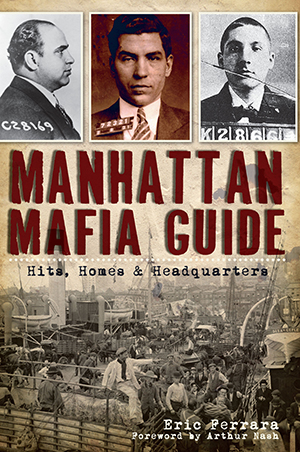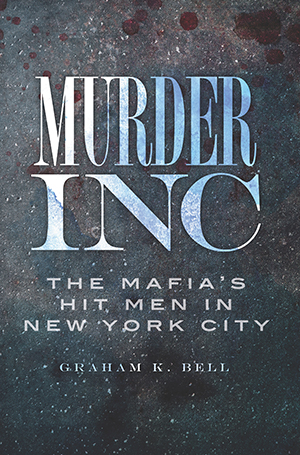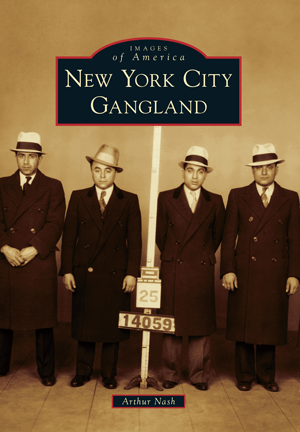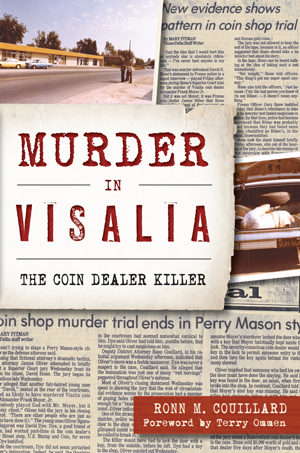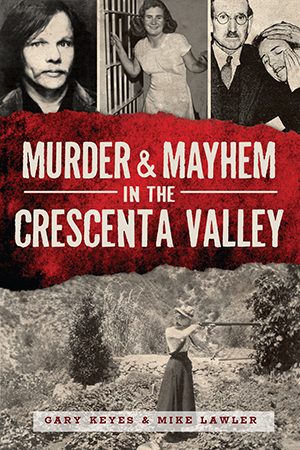The state of Ohio claims more than forty vanished communities that were occupied by people of color. So-called “Negro” settlements, or colonies, as they were called, were primarily agrarian and separated from urban centers. And among the dozens of Black communities, many were established in Ohio prior to the Civil War by Freedmen, with aid from sympathetic whites. For those enslaved behind Confederate lines and unable to escape, Ohio represented freedom. While few written records remain, cemeteries and archaeological sites tell much of the history of those communities not enshrined in the history books.
Image from pg. 17
Ripley
Colonel James Poage, was a slave owner from Virginia by way of Kentucky, but had come to abhor slavery. In 1804, he and his family settled on one thousand acres on the Ohio River, and gave his twenty slaves their freedom. The area was home to many prominent abolitionists, and grew into a haven for runaway slaves. Also new settlers to Ohio, German, English, Irish, and Scottish immigrants were less invested in the practice of slavery, while many sought to end it outright through the organized Abolitionist Movement. Word would spread about Ohio.
Conway Colony
Daniel Roe, minister of the New Jerusalem Church, headed for an area just outside Xenia in Greene County. Roe’s group, consisting of about one hundred families, purchased 729 acres of land in 1825, including a well-known medicinal spring with yellow-colored waters. In 1862, Moncure Daniel Conway led a large contingent of slaves on the dangerous trip from Falmouth, Virginia, to Yellow Springs. Once settled, he acted as a stop on the Underground Railroad. When the Civil War broke out, Conway made the treacherous journey to Washington, D.C. to aid others in their exodus from slavery, and found all of this father’s slaves concealed in the cellar of a Georgetown home. Back in Ohio, Moncure Conway became a friend and admirer of Horace Mann, the first president of nearby Antioch College. Mann, an ardent antislavery advocate, nourished a community of free thinkers in Yellow Springs, where the former slaves would be welcome. The Freedmen built houses along the Little Miami River, north of town, and the Black community flourished and found acceptance from the white community. The spirit of cooperation exists there today.
“[I] could give them no advice, but if I should ever meet any of them in Cincinnati, where I resided, I would do my best to place them beyond the reach of danger.” — Moncure Conway
Image from pg. 53
Poke Patch
The Greenfield Township included freedmen and fugitives who found work at the local iron furnaces or with area farmers. A growing collection of farmsteads spread over a five-miles radius came to be known as Poke Patch, ad became a key station on the Underground Railroad. Poke Patch provided assistance to as many as two hundred fugitive slaves. The community ceased to exist in the early 1900s, disappearing into the Wayne National Forest, and very little is known about it today.
“There were many well-defined routes of travel through Ohio, upon which people lived who were always ready to hide slaves for a time and then aid them on their way. Their stopping places were called stations, and the people conductors.” — historian Clement Martzloff
Image from top of pg. 63
Wilberforce University
In the autumn of 1856, the General Conference of the Methodist Church adopted a resolution to establish a college for people of color. The body purchased fifty-two acres at Tawawa Springs near Xenia, Ohio. Originally, the school was going to be called the Ohio African University, but was renamed Wilberforce University, and until its closing in 1862, Wilberforce had a student body composed primarily of the mixed race children of southern slaveowners.. A year later, it Daniel A. Payne, on behalf of the African Methodist Episcopal Church, purchased the stuttered campus for $10,000 and reopened it. As the oldest college in the United States founded by African Americans, its original mission was to provide educational opportunities for people of color.
“[Wilberforce has an] air of permanence and stability about this community…a certain number of coloured people had found themselves, had made a permanent settlement on the soil and wereat home.” — Booker T. Washington in 1906

